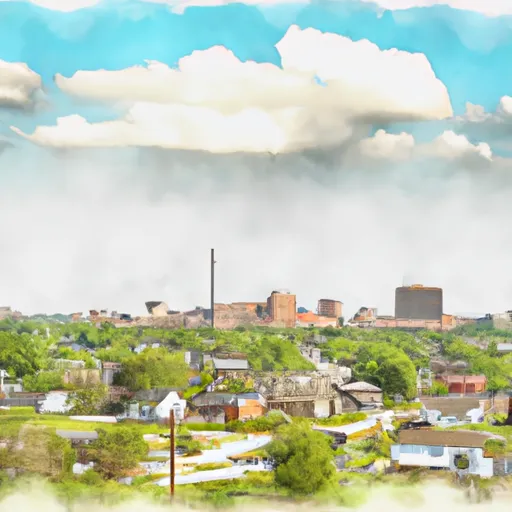°F
°F
mph
Windspeed
%
Humidity











West Farmington is a small village located in northeastern Ohio, with a population of approximately 500 residents. The climate in West Farmington is classified as humid continental, characterized by four distinct seasons. Summers are warm and humid, with average temperatures ranging from 70°F to 85°F, while winters are cold and snowy, with temperatures falling between 20°F and 35°F.
The village is surrounded by beautiful natural landscapes, including numerous lakes, rivers, and forests. Mosquito Lake State Park is a popular outdoor recreation destination, offering opportunities for fishing, boating, swimming, and hiking. The park is located just south of West Farmington and is known for its diverse wildlife and picturesque scenery.
In terms of hydrology, the area is home to the Mosquito Creek Lake, a 7,277-acre reservoir that provides drinking water, flood control, and recreational activities. The lake is a great spot for fishing, with species such as bass, walleye, and crappie abundant.
Overall, West Farmington offers a pleasant climate with distinct seasons, and its proximity to Mosquito Lake State Park provides residents and visitors with ample opportunities for outdoor recreation and water activities.
Weather Forecast
West-Farmington receives approximately 1048mm of rain per year, with humidity levels near 80% and air temperatures averaging around 10°C. West-Farmington has a plant hardyness factor of 6, meaning plants and agriculture in this region thrive during a short period during spring and early summer. Most plants will die off during the colder winter months.
Regional Streamflow Levels
63
Cubic Feet Per Second
4,600
Cubic Feet Per Second
86
Cubic Feet Per Second
28
Cubic Feet Per Second
Nearby Camping
| Camping Area | Reservations | Toilets | Showers |
|---|---|---|---|
| Perry Township Park | |||
| Port Burwell Provincial Park | |||
| Jefferson Lake State Park | |||
| Mill Creek - Berlin Reservoir | |||
| Mosquito Lake State Park | |||
| Springwater Conservation Area |



